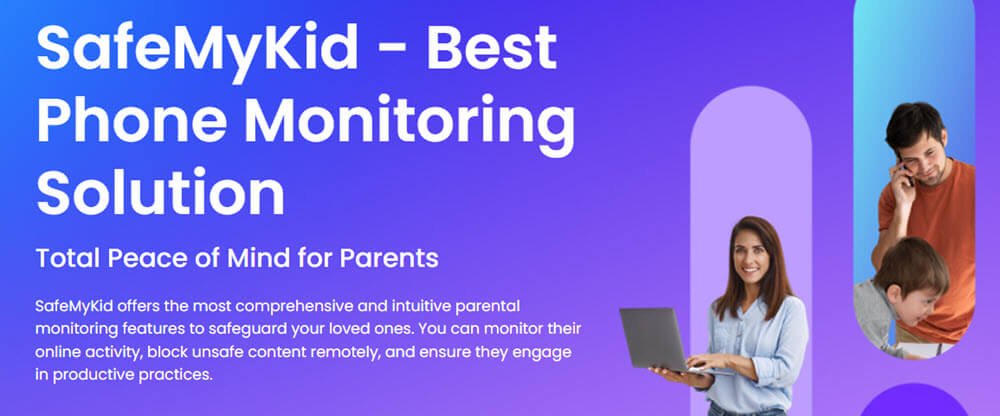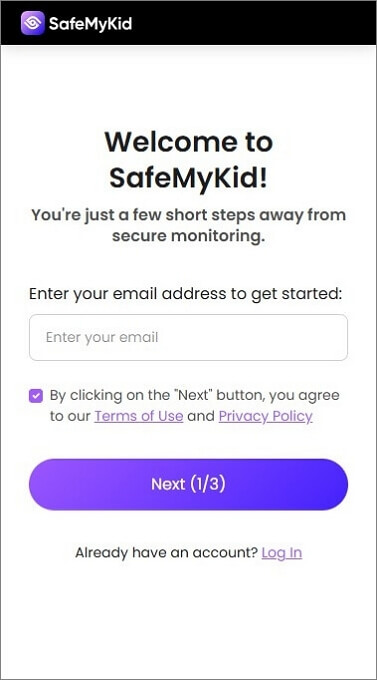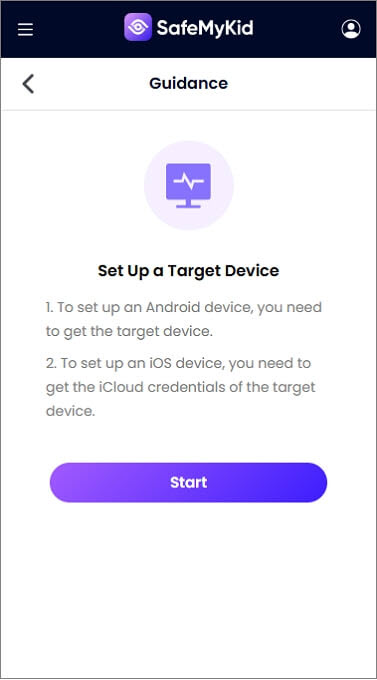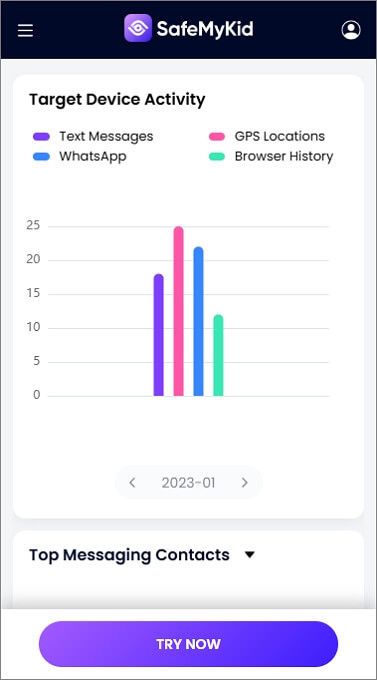How to Track Other’s Phones: 6 Most Effective Methods for Phone Monitoring

Understanding how to track other's phones has become increasingly important for parents monitoring children, employers managing company devices, and individuals with legitimate tracking needs for family safety or device recovery.
![]()
Modern phone tracking technology offers various solutions for monitoring location, activities, and communications, though it's essential to approach this capability with appropriate legal and ethical considerations in mind.
Understanding The Technology Behind Tracking Other's Phones
Before exploring specific methods for tracking others' phones, it's important to understand the technical frameworks that enable mobile device monitoring.
Phone tracking technology utilizes several different approaches to provide monitoring capabilities:
- GPS location tracking through satellite positioning systems
- Cell tower triangulation for approximate location data
- Wi-Fi network connections for indoor positioning
- Bluetooth beacons for proximity-based tracking
- Cloud-based monitoring through account access
These technological approaches create various pathways for tracking phones, each with different capabilities, accuracy levels, and implementation requirements depending on your specific monitoring needs.
What It Means to Effectively Track Other's Phone
Learning how to track others' phones involves gaining access to location data, activity information, or communications from another person's mobile device through various technical or software-based solutions.
Effective phone tracking typically requires either physical access to the target device for app installation, cloud account credentials for remote monitoring, or specialized tracking devices that work independently.
Each approach offers different levels of visibility and monitoring capabilities based on the tracking method employed.
SafeMyKid - The Most Comprehensive Solution to Track Others' Phones

When researching how to track others' phones effectively, SafeMyKid emerges as the most comprehensive monitoring solution offering advanced tracking capabilities across multiple device functions.
This powerful application provides complete visibility into phone activities through sophisticated stealth technology.
SafeMyKid goes beyond basic location tracking to offer full device monitoring including messages, calls, social media, and app usage.
Its invisible operation ensures continuous tracking without alerting the phone user, making it ideal for parental monitoring or other legitimate supervision needs.
Key Features of SafeMyKid to Track Other's Phones
When it comes to how to track others' phones comprehensively, SafeMyKid offers advanced capabilities that set it apart from basic tracking solutions:
Real-Time GPS Location - Track exact phone location with continuous updates and minimal delay for immediate awareness.
Location History Mapping - View complete movement patterns with timestamps and route visualization for historical analysis.
Geofencing Alerts - Create custom virtual boundaries with instant notifications when the tracked phone enters or exits designated areas.
Message Monitoring - Access text messages, social media communications, and messaging app content across all platforms.
Call Tracking - View incoming and outgoing calls with contact details, timestamps, and call duration information.
Stealth Operation - Track other's phones invisibly without app icons or notifications revealing the monitoring.
Social Media Surveillance - Monitor activities across Instagram, Snapchat, Facebook, and other popular platforms.
Remote Dashboard Access - Monitor everything from any device through a secure online control panel.
How to Set up SafeMyKid to Track Others' Phones
Setting up SafeMyKid for phone tracking requires just a few straightforward steps to begin comprehensive monitoring.
Step 1. Create Your SafeMyKid Account
Visit the SafeMyKid website to register and create your monitoring account.

Step 2. Set up The SafeMyKid App
For Android: Install the SafeMyKid app directly on the target device (requires brief physical access). For iOS: Use iCloud credentials to enable monitoring without physical access to the device.

Step 3. Begin Tracking Other's Phone
Access your secure dashboard to view real-time location, communications, and all phone activities remotely.

5 Additional Methods to Track Other's Phones
While SafeMyKid offers the most comprehensive solution, several other approaches can help you track others' phones effectively. Here's an overview of seven additional methods.
1. Find My Device (Android)
![]()
Google's Find My Device service provides a free, official method for tracking others' phones when dealing with Android devices. This built-in feature allows location tracking, remote locking, and device management through Google account access.
The service works seamlessly with all Android phones that have Google services installed and requires only the Google account credentials associated with the target device.
While primarily designed for finding lost phones, it effectively serves as a tracking solution when you have legitimate access to the account.
Pros:
- Completely free official Google service
- No additional app installation required
- Works across all Android devices with Google services
- Includes remote security features like locking and data wiping
Cons:
- Limited to basic location tracking without detailed monitoring
- Requires Google account credentials
- May send notifications to the tracked device
2. Find My iPhone
Apple's Find My iPhone feature represents the iOS ecosystem's approach to tracking other's phones, providing reliable location services for Apple devices. This native feature comes pre-installed on all iPhones and iPads, offering seamless tracking within the Apple ecosystem.
Using iCloud credentials, Find My iPhone allows remote location tracking, device locking, and message sending to lost devices. The service integrates deeply with iOS security features, providing accurate location data while maintaining Apple's privacy standards.
Pros:
- Native iOS integration with reliable performance
- No additional software installation needed
- End-to-end encryption for privacy protection
- Works even when the phone is offline through crowdsourced location
Cons:
- Limited to Apple devices only
- Requires iCloud account access
- Basic tracking features compared to specialized apps
3. Carrier-Based Location Services
![]()
Major telecommunications carriers offer location services that provide another method for tracking others' phones through official channels. These carrier-based solutions typically require account holder authorization and work through the cellular network infrastructure.
Services like Verizon Family Locator, AT&T Secure Family, and T-Mobile FamilyWhere offer location tracking for all phones on a family account. These official services provide reliable tracking with carrier-level support and integration.
Pros:
- Official carrier-supported solution with reliable infrastructure
- Works with basic phones, not just smartphones
- Often includes family safety features beyond tracking
- Integrated with your mobile service account
Cons:
- Monthly subscription fees for most carriers
- Limited to phones on your carrier account
- Basic features compared to dedicated tracking apps
4. Physical GPS Trackers
![]()
Physical GPS tracking devices offer an alternative approach to tracking others' phones by using dedicated hardware rather than software solutions. These compact devices can be placed with the target's belongings to provide location tracking independent of their phone.
Modern GPS trackers offer real-time tracking, extended battery life, and various mounting options. They work independently of phone operating systems and don't require any installation on the target device, making them useful when phone access isn't possible.
Pros:
- Works independently of the target's phone
- Long battery life (often weeks or months)
- No software installation or phone access required
- Can track location even when the phone is off
Cons:
- Limited to location tracking only
- Requires physical placement and retrieval
- Additional hardware cost and potential discovery risk
5. Social Media Location
Many social media platforms offer location-sharing features that can serve as an indirect method for tracking other's phones through their online activity. Platforms like Snapchat, Facebook, and Instagram include various location-based features.
These features work when users voluntarily share their location through posts, stories, or dedicated location-sharing functions. While not as comprehensive as dedicated tracking apps, they can provide location insights based on social media activity.
Pros:
- Uses existing social media accounts
- No additional app installation required
- Works through voluntary sharing
- Can include context about activities
Cons:
- Depends on user's active sharing
- Limited to when they post or share
- Can be easily disabled by the user
Appropriate Situations to Track Other's Phones
Understanding legitimate contexts for phone tracking helps ensure this technology is used responsibly:
Child Safety - Parents monitor minor children's locations and activities for protection and supervision.
Elderly Care - Family members tracking elderly relatives with dementia or health conditions for safety.
Employee Oversight - Businesses monitor company-owned devices for security and productivity purposes.
Family Coordination - Consensual tracking among family members for logistics and safety awareness.
Device Recovery - Tracking lost or stolen phones for recovery purposes.
These scenarios represent appropriate uses of tracking technology when implemented with proper consent and within legal boundaries.
Legal Considerations for Tracking Other's Phones
Before implementing any method to track others' phones, understanding the legal framework is essential to avoid potential violations:
Consent Requirements - In most jurisdictions, tracking another adult's phone without their knowledge may violate privacy laws, with exceptions typically limited to minor children under parental care.
Ownership Rights - You generally have broader rights to track phones you own and provide to others, such as company devices or family phones on your account.
Parental Authority - Parents typically have legal rights to monitor their minor children's phones, though specific age limits and requirements vary by location.
Workplace Monitoring - Employers can usually track company-owned devices when properly disclosed in policies, but personal device monitoring has stricter limitations.
Criminal Penalties - Unauthorized tracking may result in criminal charges in many jurisdictions, including stalking or privacy violation offenses.
Always research specific laws in your location before attempting to track others' phones to ensure compliance with all applicable regulations.
Frequently Asked Questions about Tracking Other's Phones
Here are answers to common questions about phone tracking:
1. Can I track others' phones without them knowing?
Yes, certain methods like SafeMyKid allow invisible tracking without alerting the phone user. However, stealth tracking is generally only legal for parents monitoring minor children or employers tracking company-owned devices with proper policies in place. Tracking other adults without consent may violate privacy laws.
2. Do I need physical access to track others' phones?
It depends on the method and phone type. Android phones typically require brief physical access to install tracking apps, while iPhones can sometimes be monitored using just iCloud credentials. Some methods, like carrier services or Find My Device, work remotely with account access.
3. What's the most accurate way to track others' phones?
GPS-based tracking apps like SafeMyKid generally provide the most accurate location data, often within 3-15 feet under optimal conditions. Accuracy depends on factors like GPS signal strength, cellular coverage, and whether the phone is indoors or outdoors.
4. How to track others' phone numbers and location?
Tracking a phone number's location requires either carrier-based services, GPS tracking apps, or built-in phone features. SafeMyKid provides real-time location tracking linked to phone numbers, while simpler methods include using Find My iPhone or Google's Find My Device if you have account access.
5. How to track WhatsApp messages on others' phones?
Tracking WhatsApp messages from another phone can be accomplished through monitoring apps like SafeMyKid, WhatsApp Web synchronization, or backup restoration methods. Each approach requires different levels of access to the target device and has varying legal implications.
6. How to track the phone calls of others?
Phone call tracking can be done through monitoring applications that log call details, carrier account services that provide call records, or specialized call recording software. SafeMyKid offers comprehensive call monitoring including timestamps, durations, and contact information.
7. How to track others' phone call history?
Accessing someone's phone call history is possible through carrier billing statements, monitoring apps like SafeMyKid, or by directly checking the phone's call log. Cloud backups and specialized data recovery tools can also retrieve call history, including deleted records.
Conclusion
Learning how to track other's phones requires understanding both the technical methods available and the legal framework governing their use.
While comprehensive solutions like SafeMyKid offer advanced monitoring capabilities, simpler options like Find My Device or carrier services may suffice for basic tracking needs.

